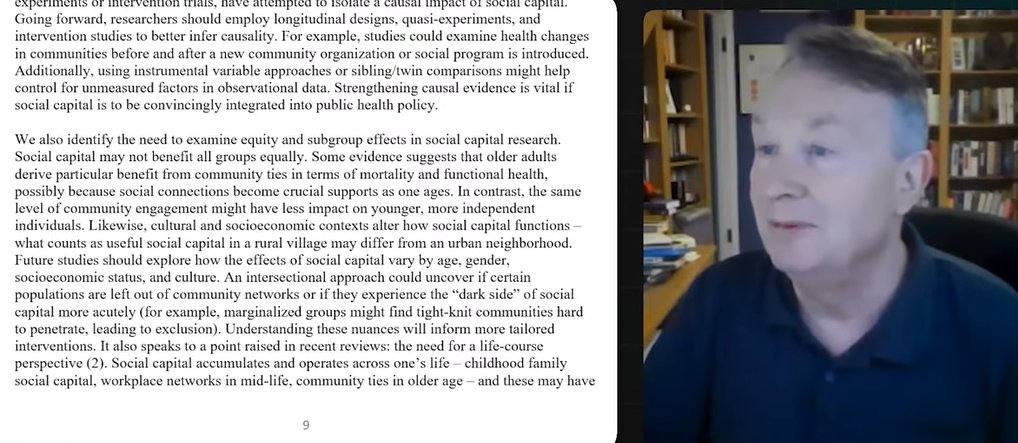Recently, an AI-generated rat that appeared more like satire than research was inadvertently published in a scientific journal. The public’s attention was drawn to an illustration of a rat with an excessively large penis and multiple testicles, complete with absurd anatomical labels like “testtomcels” and “dck,” rather than the paper’s analysis of stem cells. The photo got past editorial and peer reviewers when it was submitted to Frontiers in Cell and Developmental Biology. The paper was removed within 72 hours, but not before it generated significant controversy about the current methods for reviewing and publishing research, made headlines, and became a meme.
The strange moment turned into a stark mirror reflecting a developing problem. The number of publications in scientific journals has skyrocketed in the last ten years. Over 2.5 million research articles were indexed in 2024, up almost 50% from 2015, according to Clarivate data. Because of the substantial decrease in editorial scrutiny brought about by this output wave, incidents like the AI rat that shouldn’t have been noticed at all have occurred.
Some researchers run the risk of creating output that is more algorithmically fascinating than scientifically sound by incorporating automated tools without supervision. It appears that neither the authors nor the reviewers carefully considered the image’s content because it was produced by AI software and included in the final paper. As a result, the paper’s visual joke overshadowed its scholarly argument.
Profile of Incident and Related Figures
| Subject | Detail |
|---|---|
| Incident | Publication of AI-generated rat with unrealistic anatomy |
| Published In | Frontiers in Cell and Developmental Biology |
| Date of Incident | July 2025 |
| AI Use | Image generation tool used without human verification |
| Authors’ Role | Failed to vet accuracy of AI-created visual content |
| Journal’s Role | Missed major image flaws during editorial and peer review |
| Retraction Status | Retracted within 3 days of publication |
| Broader Impact | Highlights flaws in peer review, volume-based publishing incentives |
| Notable Commentary | Sir Mark Walport, Venki Ramakrishnan, Andre Geim, Mark Hanson |
| Reference Link | Frontiers Journal |

Senior scientists are now resisting a system that they perceive to value quantity over quality through strategic commentary. The chair of the Royal Society’s publishing board, Sir Mark Walport, maintained that a radical change in the publishing model is required. He said, “Volume is a bad driver.” “Incentives that encourage significant, well-validated research are necessary.”
This incident indicates that peer review is under a lot of stress in the academic setting, and it’s not just a humorous mistake. Scientists are already overloaded with published work, so it’s getting harder to tell which studies are ground-breaking and which are filler, according to researcher Mark Hanson. This leads to a productivity trap for reviewers. According to a 2020 study, peer review consumed more than 100 million hours of academic time worldwide in a single year, with the United States alone accounting for $1.5 billion in equivalent unpaid labor.
Many journals now charge authors to publish, with fees as high as £10,000 per article, by utilizing open-access publishing models. Open access encourages journals to produce more and take in more submissions while also democratizing access to information. Thousands of special issues are published annually by some publishers, such as MDPI, each with its own publishing fees. Organizations such as the Swiss National Science Foundation, which no longer supports MDPI’s special issue fees, are concerned about the volume of output.
The system has been manipulated by dishonest researchers using tactics like paper mills and AI-generated submissions. Taylor & Francis had to suspend submissions to its journal Bioengineered earlier this month in order to look into more than 1,000 papers that might have been manipulated. As AI tools become more advanced and widely available, incidents of that nature are becoming more frequent and, in certain situations, more difficult to identify.
Frontiers is now among the publications that have been forced to publicly retract their work because of inadequate editorial review, further harming their reputation. “Everyone agrees that the system is broken,” said Nobel laureate Venki Ramakrishnan, echoing the general concern. However, no one has come up with a workable answer. The ultimate result, he continued, might be a cycle in which AI composes the papers, evaluates them, and condenses them for human consumption. Even though that sounds gloomy, it foreshadows a time when trustworthy technology must be used in conjunction with human oversight rather than in place of it.
Some organizations have started to reconsider their financial practices in recent years. According to Dr. Hanson, public funding organizations ought to mandate that only nonprofit journals publish the research they fund. This action may limit the expansion of profit-driven publishing companies that prioritize profits over accuracy.
This episode is a warning to researchers in their early stages. The pressure to publish often can cause people to make snap decisions, such as using AI tools excessively or skimping on review. However, the negative reaction to a single image that went viral is a clear reminder that credibility is something that can be gained over time but lost in an instant.
The scientific method can be expanded by incorporating AI into image generation, but only if this is counterbalanced by unambiguous human accountability. Although the image of the rat is undoubtedly humorous, it also makes important points about how easily things can go wrong when shortcuts are taken.
A balanced approach might be especially helpful in the years to come. Automation of publishing processes combined with robust human review layers could result in a hybrid model that is remarkably resilient and highly effective. Stories such as the AI rat will become common headlines if journals keep pursuing quantity at the expense of quality.


